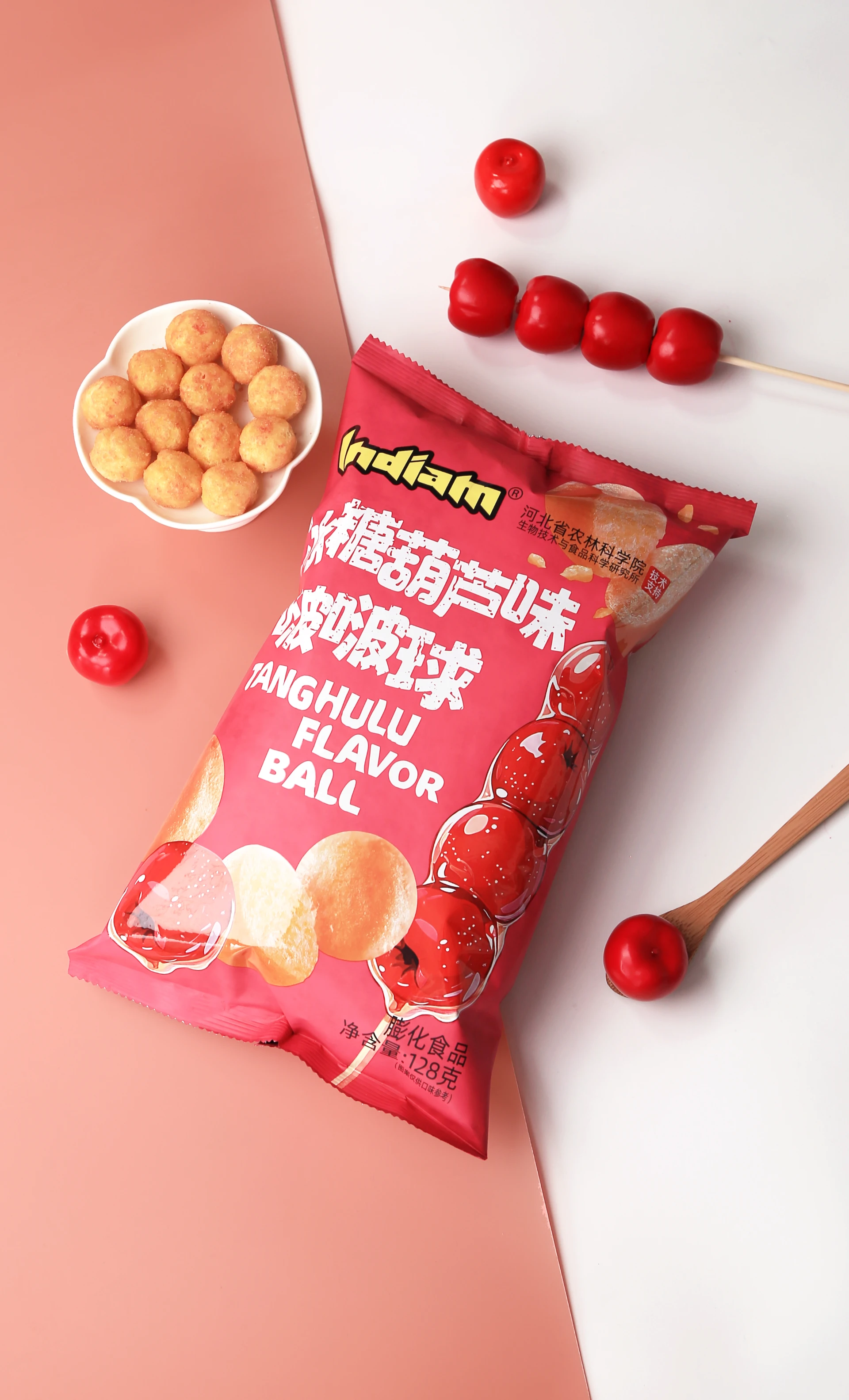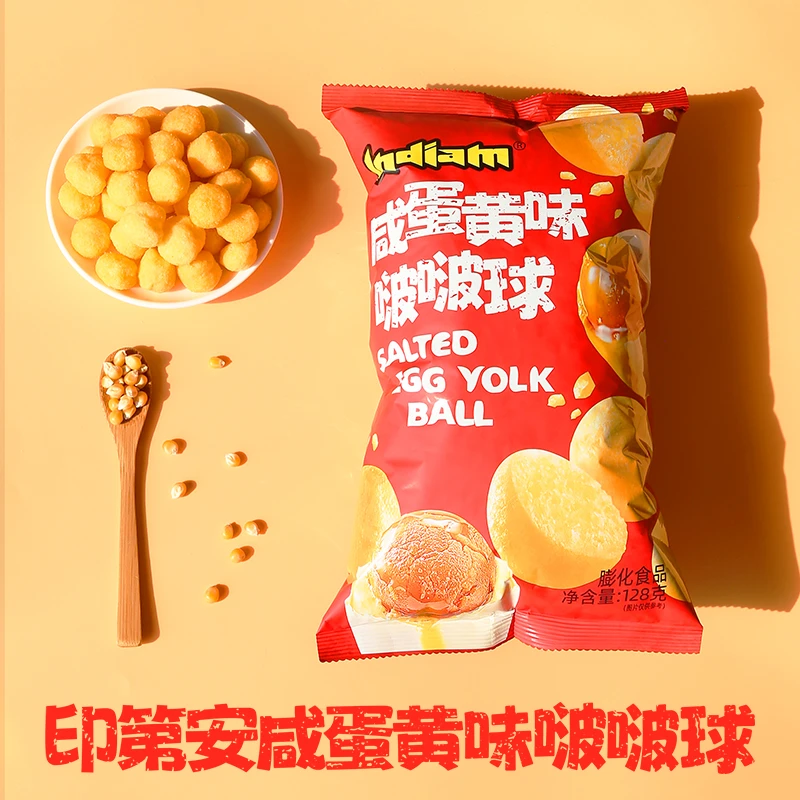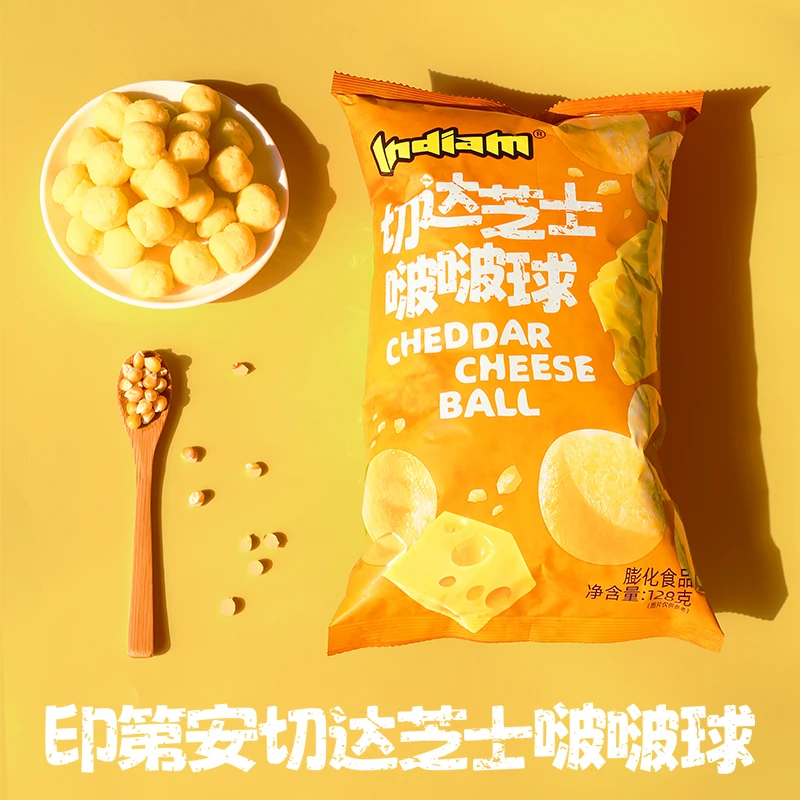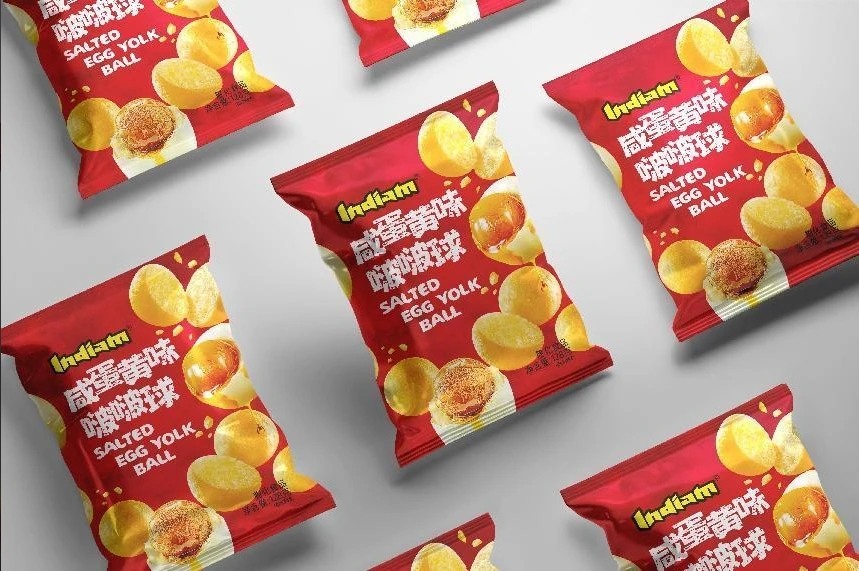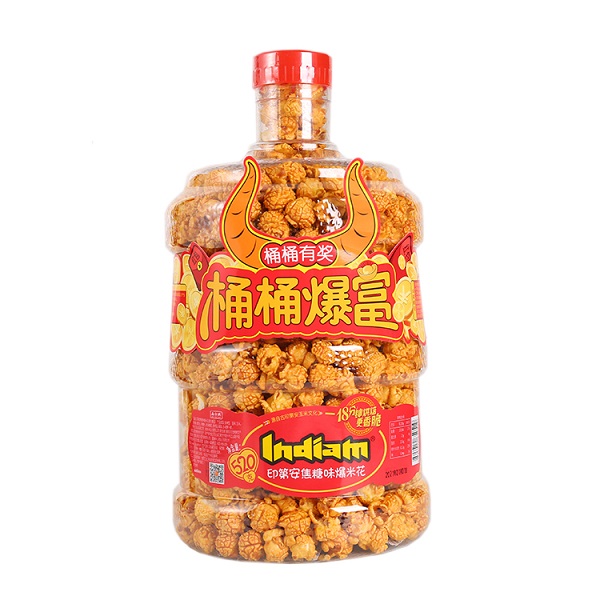Bulk Popcorn With Butter Seasoning Options
The market for premium snack products features numerous opportunities for purchasing high-quality bulk popcorn, exploring various popcorn for sale options, and understanding the characteristics of different types of popcorn suitable for butter seasoning applications. These products cater to diverse commercial needs including movie theaters, concession stands, corporate events, and retail packaging operations seeking consistent quality and flavorful snack solutions. The combination of proper popcorn selection and specialized butter seasoning techniques creates products that deliver the authentic taste and aroma consumers expect while meeting operational requirements for shelf stability, popping yield, and flavor consistency in food service and retail environments.
Purchasing Considerations for Bulk Popcorn
• When sourcing bulk popcorn, evaluate kernel size uniformity, moisture content (typically 13.5-14% for optimal popping), and expansion ratio (generally 40:1 or higher for premium varieties) to ensure consistent performance and yield in commercial popping operations.
• Reputable suppliers of bulk popcorn provide detailed product specifications including popping percentage (usually 98% or higher for commercial grade), kernel tenderness, and hull characteristics that affect the final eating quality and consumer acceptance of butter-seasoned products.
• Proper storage conditions for bulk popcorn require temperature-controlled environments (below 60°F) with humidity control (below 50% RH) to maintain popping integrity and prevent moisture absorption that compromises expansion and texture in finished products.

Evaluating Quality in Popcorn for Sale
• Assessing popcorn for sale involves examining kernel integrity, checking for broken pieces or damage, and verifying certification for food safety standards including GMP and HACCP compliance to ensure product safety and quality.
• The best popcorn for sale options for butter seasoning feature neutral flavor profiles that allow butter flavor to dominate, tender hull structure that dissolves during eating, and consistent expansion properties that create the ideal surface area for seasoning adhesion.
• Commercial buyers should request samples of popcorn for sale for test popping to evaluate actual expansion volume, tenderness, and flavor compatibility with their specific butter seasoning systems before making large purchases.
Understanding Different Types of Popcorn
• The major different types of popcorn include butterfly (snowflake) mushrooms, and rice shapes, each offering distinct advantages for butter seasoning applications based on their surface characteristics, crunch texture, and seasoning retention capabilities.
• Among different types of popcorn, yellow butterfly varieties typically provide the largest expansion and sturdy flake structure that holds up well to butter coating, while white varieties offer more delicate texture and neutral color preferred for certain market segments.
• Specialized different types of popcorn including mushroom shapes are particularly suitable for heavy butter coating and caramel applications due to their round, compact surface that minimizes breakage during mixing and provides substantial surface area for seasoning adhesion.
Bulk Popcorn FAQS
Q: What’s the typical shelf life of bulk popcorn (kernels) when stored properly, and how to keep it fresh for commercial use (e.g., movie theaters, snack bars)?
A: Properly stored bulk popcorn kernels have a shelf life of 6–12 months—uncooked kernels stay fresh longer than pre-popped bulk popcorn (which lasts 2–4 weeks). For commercial use, store kernels in airtight, food-grade containers (e.g., sealed plastic bins or metal canisters) in a cool, dry area (50–70°F, 10–21°C) away from direct sunlight and moisture. Avoid storing near heat sources (e.g., ovens, heaters) or humid areas (e.g., refrigerators, which cause condensation). For pre-popped bulk popcorn, use vacuum-sealed bags or containers with oxygen absorbers to slow staling—this extends freshness to 4–6 weeks, critical for businesses like movie theaters that need consistent quality.
Q: When buying popcorn for sale in bulk vs single-serve packs, which is more cost-effective for small businesses (e.g., convenience stores, café kiosks)?
A: Popcorn for sale in bulk is far more cost-effective for small businesses—bulk kernels cost \(0.50–\)1.20 per pound, while single-serve pre-popped packs cost \(0.30–\)0.80 per ounce (equivalent to \(4.80–\)12.80 per pound). Even with the added cost of popping equipment (a basic commercial popper starts at \(100–\)300), bulk popcorn cuts per-serve costs by 50%–70%. For example, a convenience store selling 100 servings weekly would spend ~\(15–\)30 on bulk kernels vs ~\(48–\)128 on single-serve packs. Single-serve packs only make sense for businesses with limited storage or no popping equipment (e.g., small gift shops), but bulk is the better choice for most small snack-focused businesses.
Q: What are the key differences between different types of popcorn (e.g., yellow, white, hulless) for commercial popping, and which works best for sweet vs savory seasonings?
A: Different types of popcorn vary in size, texture, and flavor compatibility: 1) Yellow popcorn: Pops into large, fluffy kernels with a mild, buttery base flavor—ideal for savory seasonings (cheese, salt, BBQ) because its texture holds coatings well. 2) White popcorn: Pops into smaller, tender kernels with a delicate, slightly sweet flavor—perfect for sweet toppings (caramel, chocolate, cinnamon-sugar) as it doesn’t overpower the sweetness. 3) Hulless popcorn: Pops into nearly hull-free kernels (the hull is soft and edible) with a tender texture—great for health-focused or kid-friendly snacks, and works with both sweet and savory seasonings. For commercial use, yellow popcorn is the most versatile (used in movie theaters), while white and hulless appeal to niche markets (e.g., gourmet snack shops, health food stores).
Q: Can bulk popcorn be customized with unique seasonings (e.g., truffle, spicy chili) for businesses looking to offer specialty flavors, and do suppliers charge extra for customization?
A: Yes, most suppliers offer bulk popcorn customization with unique seasonings—both for uncooked kernels (pre-seasoned before popping) and pre-popped popcorn. For uncooked seasoned kernels (e.g., truffle-infused, spicy chili-coated), suppliers typically charge a 15%–30% premium over plain bulk kernels (e.g., \(0.60–\)1.56 per pound vs \(0.50–\)1.20). For pre-popped customized bulk popcorn, the premium is higher (25%–40%) due to the added labor of popping and coating, but it saves businesses time on in-house preparation. Minimum order quantities (MOQs) for customized bulk popcorn are usually 25–50 pounds, which is manageable for small to mid-sized businesses. Some suppliers also offer sample packs of custom flavors, so businesses can test demand before placing large orders.
Q: When purchasing popcorn for sale online, what factors should I check to ensure quality (e.g., freshness, non-GMO, organic) and avoid receiving stale or low-quality products?
A: To ensure quality when buying popcorn for sale online, focus on four key factors: 1) Freshness indicators: Check for a “packed on” date (not just an expiration date)—kernels packed within the last 3 months are fresher, with higher popping rates (90%+ vs 70% for older kernels). 2) Certifications: Look for non-GMO, organic, or gluten-free certifications (if targeting health-focused customers)—reputable sellers display these clearly on product pages. 3) Seller reviews: Prioritize sellers with 4.5+ star ratings and comments about “freshness” or “good popping results”—avoid sellers with complaints about stale kernels or low expansion. 4) Return policies: Choose sellers that offer refunds or replacements for stale popcorn for sale—this protects businesses if the product arrives damaged or expired. For pre-popped popcorn, also check if it’s shipped with ice packs (in warm weather) to prevent melting of sweet coatings (e.g., caramel, chocolate).
Post time: Oct . 07, 2025 17:45






